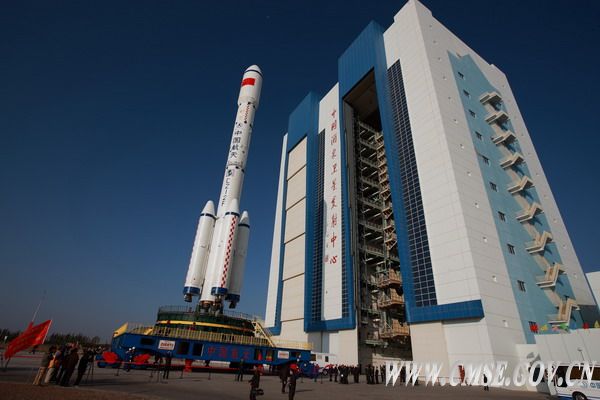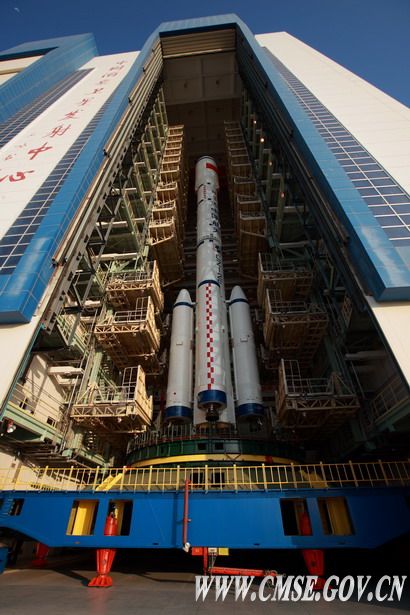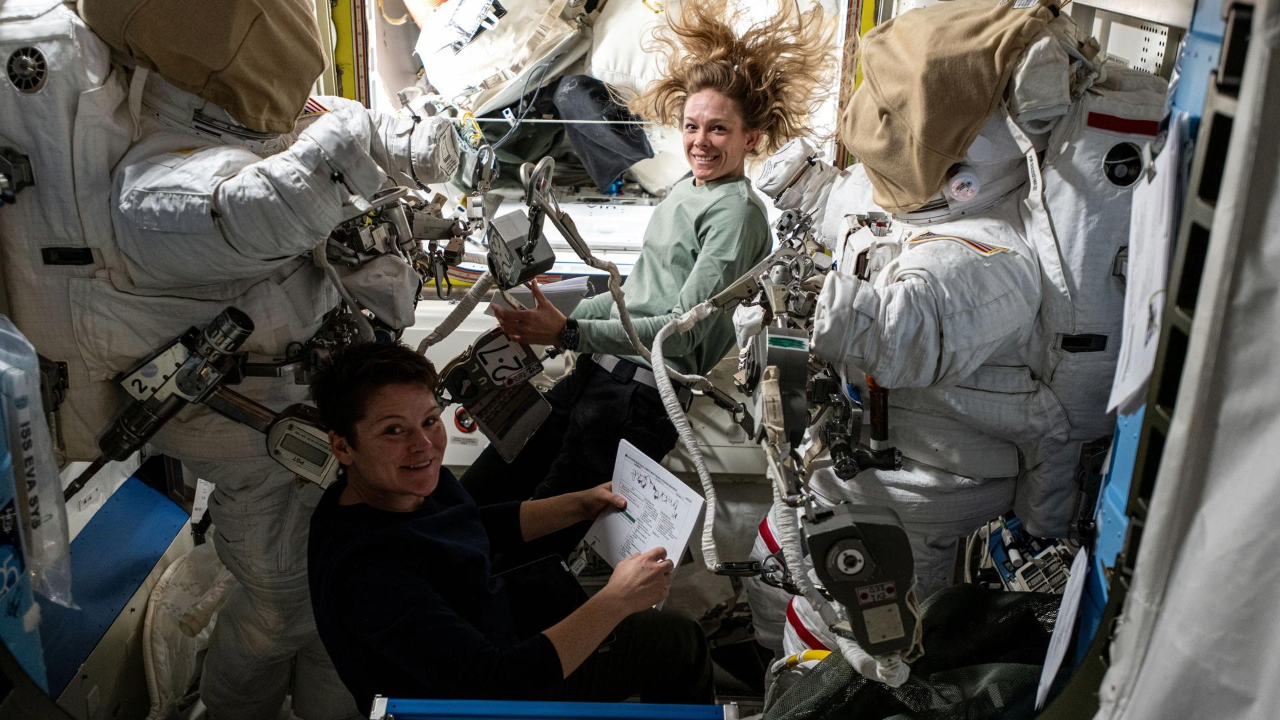China to Launch First Space Lab This Week

China is making final preparations to launch its first space lab module — a prototype for a future space station — this week, state media reported.
The unmanned Tiangong 1 ("Heavenly Palace") module was scheduled to lift off between Sept. 27 and 30, but a forecasted cold weather front has pushed the targeted launch date back to Sept. 29 or 30. The module will launch on a Chinese Long March 2F rocket from the Jiuquan Satellite Launch Center in Northwest China.
Tiangong 1 is designed to connect with three spacecraft, Shenzhou 8, Shenzhou 9 and Shenzhou 10, which will launch later. The maneuvers will mark China's first dockings in orbit, and are planned to be carried out robotically. [Photos: China's First Space Station]
"This is a significant test. We've never done such a thing before," Lu Jinrong, the launch center's chief engineer, told state news agency Xinhua.
China originally planned to launch Tiangong 1 earlier, but the liftoff was delayed when a Long March 2C booster, similar to the Long March 2F, failed to reach orbit. Chinese officials investigated the accident and recolved the issue before pushing forward with Tiangong 1 plans.

Experts say the achievement will be a huge step forward for China's fledgling space program, and an important advancement toward the nation's goal of building a 60-ton manned space station by the year 2020.
The module will also carry medical and engineering experiments onboard.
Breaking space news, the latest updates on rocket launches, skywatching events and more!
Engineers conducted a full ground simulation of launch on Sunday afternoon (Sept. 25). Workers have made more than 100 upgrades to the launch site, and more than 170 technical improvements to the Long March 2F rocket, in preparation for Tiangong's mission, Cui Jijun, commander-in-chief of the launch site system and director of Jiuquan Satellite Launch Center, told Xinhua. These include a new updated computer center and command monitoring system at the Jiuquan Satellite Launch Center, as well as new systems to increase Mission Control's ability to adapt to changes that may occur during the mission.
"[The launch site] has the full conditions to conduct the Tiangong 1 mission," Cui said. [How China's First Space Station Will Work (Infographic)]
After the United States and Russia, China is only the third nation to independently launch humans to orbit. China's first manned mission, Shenzhou 5, occurred in 2003, and was followed by two more manned missions in 2005 and 2008.
You can follow SPACE.com senior writer Clara Moskowitz on Twitter @ClaraMoskowitz. Follow SPACE.com for the latest in space science and exploration news on Twitter @Spacedotcom and on Facebook.
Join our Space Forums to keep talking space on the latest missions, night sky and more! And if you have a news tip, correction or comment, let us know at: community@space.com.

Clara Moskowitz is a science and space writer who joined the Space.com team in 2008 and served as Assistant Managing Editor from 2011 to 2013. Clara has a bachelor's degree in astronomy and physics from Wesleyan University, and a graduate certificate in science writing from the University of California, Santa Cruz. She covers everything from astronomy to human spaceflight and once aced a NASTAR suborbital spaceflight training program for space missions. Clara is currently Associate Editor of Scientific American. To see her latest project is, follow Clara on Twitter.
